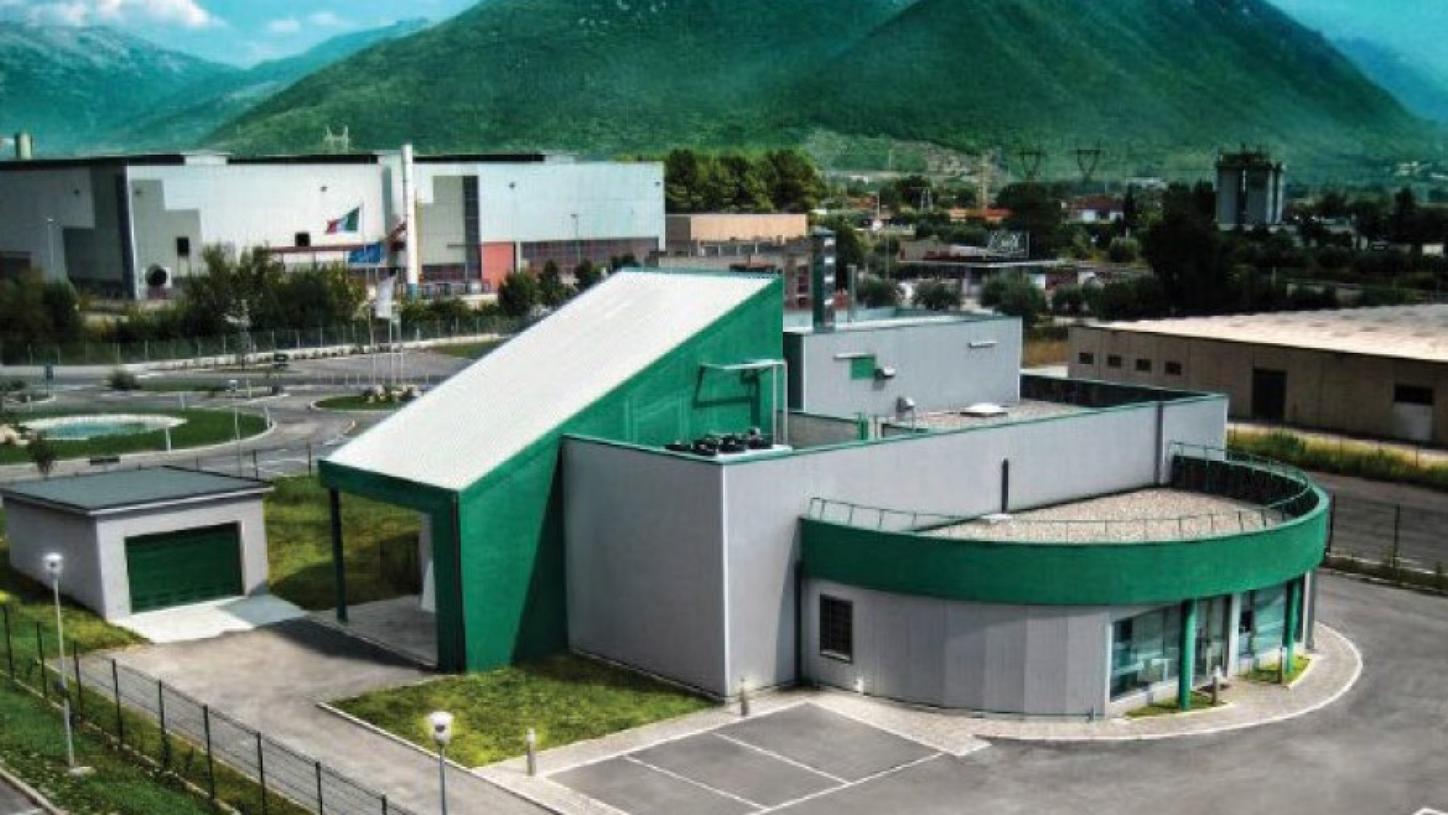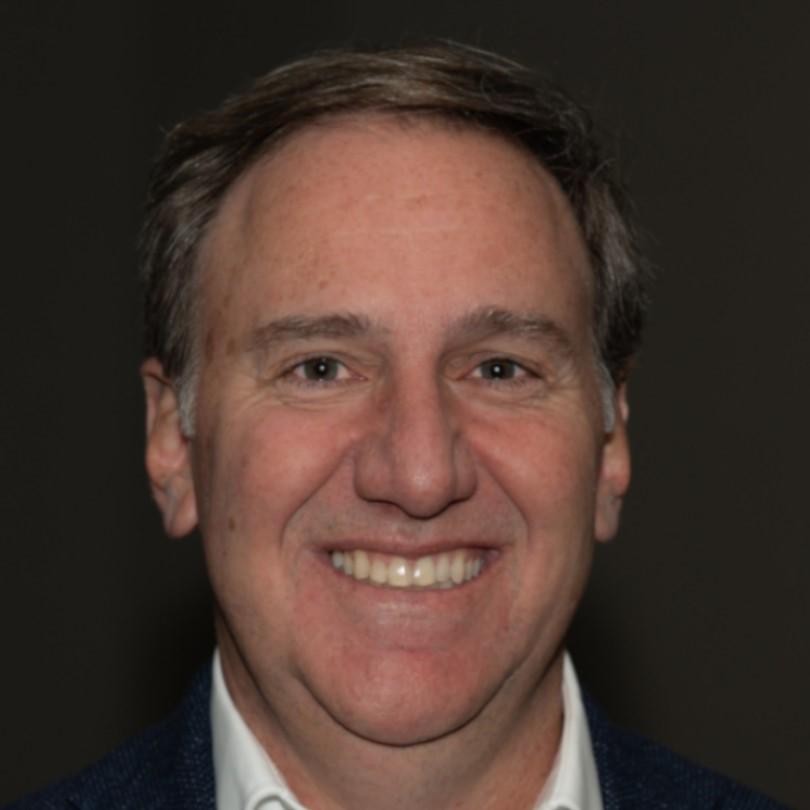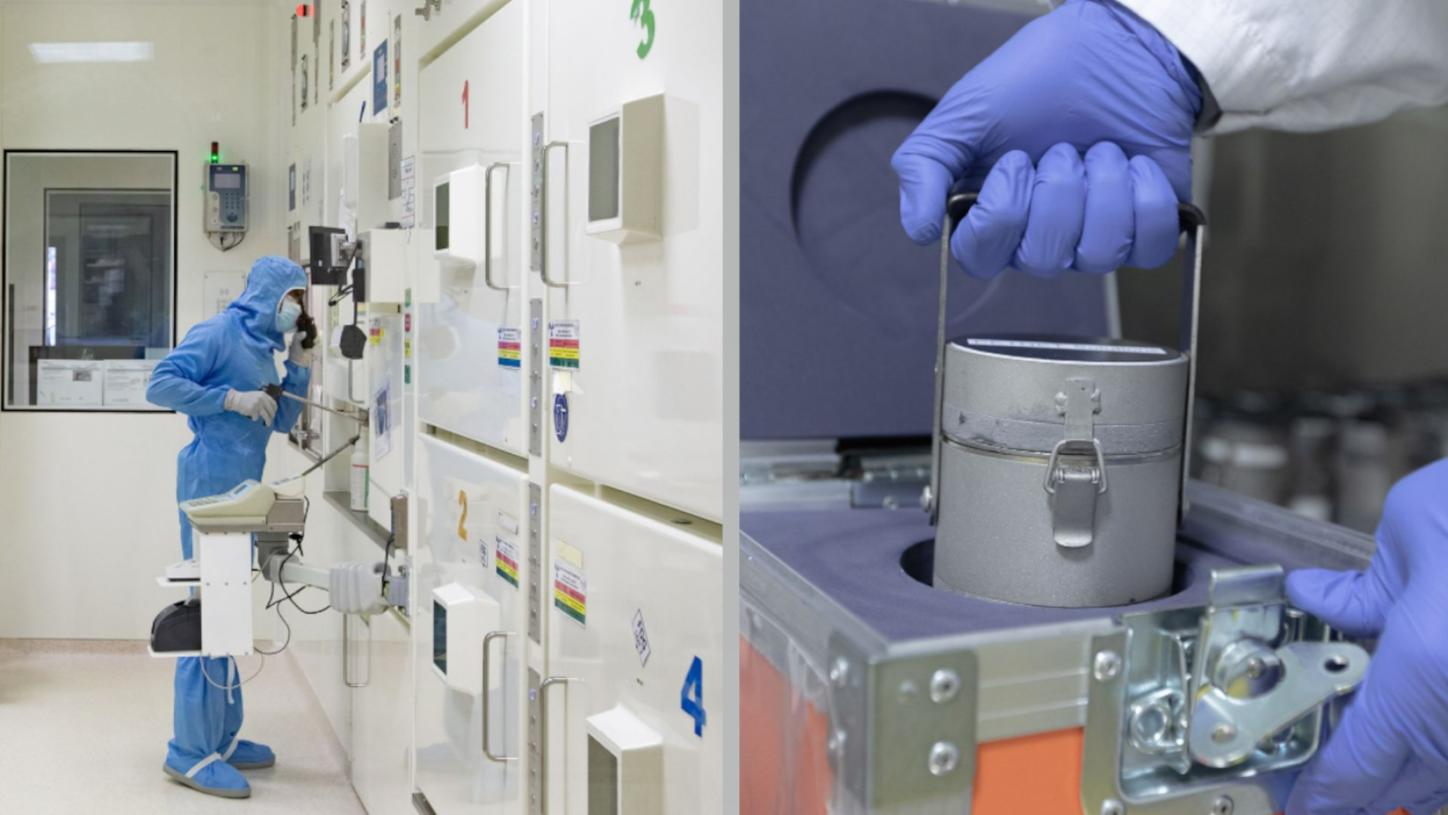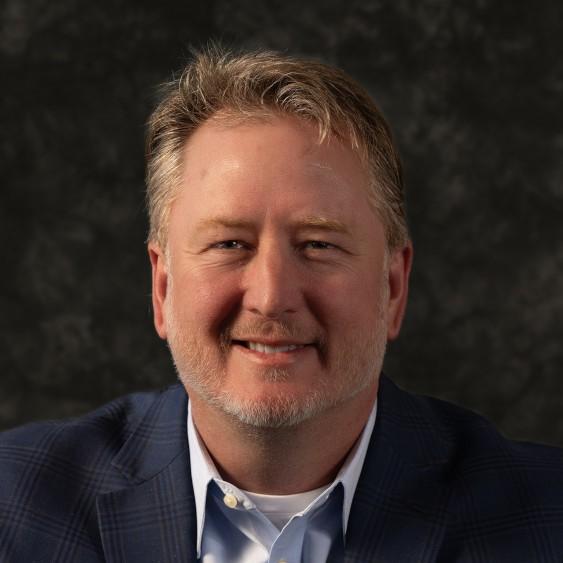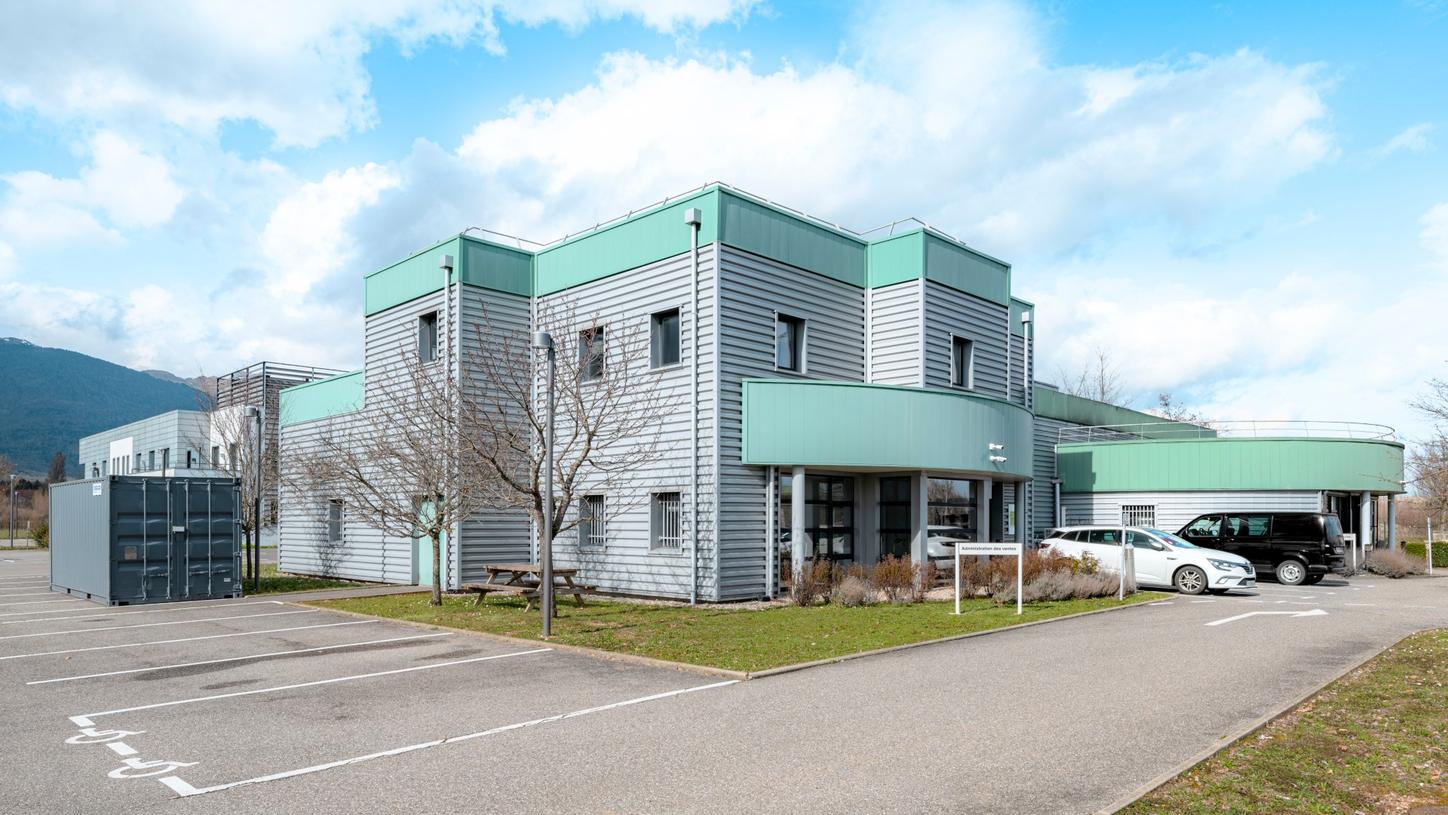As molecular imaging continues to evolve, enabling more precise and personalized treatment pathways, access to targeted radiopharmaceuticals is ever more essential.
With its recent acquisition of Advanced Accelerator Applications Molecular Imaging (ADACAP) from Novartis in December 2024, PETNET Solutions Inc., a Siemens Healthineers Company, is accelerating efforts to expand the availability of vital biomarkers—supporting both the continued growth of diagnostic molecular imaging and the ongoing development of next-generation therapies across multiple continents.
The acquisition combines PETNET Solutions’ industry-leading PET radiopharmaceutical network in the U.S. with ADACAP’s well-established European footprint, positioning Siemens Healthineers as the only radiopharmaceutical provider with a large network presence on both continents. Together, PETNET Solutions and ADACAP are expanding patient access to radiopharmaceuticals.
Strategic move years in the making
PETNET Solutions has long been the dominant provider of PET radiopharmaceuticals in the U.S., but its European footprint had been limited to just a few sites in the United Kingdom and France. Expanding organically across Europe would have required significant time and resources. Alternatively, with the acquisition of ADACAP, PETNET Solutions gained immediate access to an experienced radiopharmacy network spanning five additional countries and is supported by hundreds of skilled professionals.
“The ADACAP network was a natural fit for us,” says Barry Scott, CEO of PETNET Solutions. “We’d been watching for this opportunity for years—we wanted to expand our footprint in Europe. But from a cost and regulatory perspective, it’s a very complicated process to build a network from scratch. We knew the ADACAP network was a very solid organization, and if the opportunity presented itself, we would definitely be interested.”
“Before the acquisition, we had no scalable infrastructure outside the U.S.,” adds Joshua Nutting, COO of PETNET Solutions and Integration Manager for ADACAP. “Now we have a strong base to support future growth, and we’re gaining access to a whole new pool of expertise.”
The acquisition supports Siemens Healthineers’ broader commitment to advancing molecular imaging and supporting theranostics, enabling a more unified offering of both equipment and radiopharmaceutical supply.
The expanded network strengthens Siemens Healthineers’ ability to support its customers from early diagnostic imaging to long-term therapeutic monitoring, while also making it easier for pharmaceutical companies and IP holders to work with a single global radiopharmaceutical partner.
“Siemens Healthineers is quite bullish that the growth of diagnostics is not going to slow down. PET diagnostics particularly is not going to slow down,” Scott adds, “and you cannot have enough capacity for the growth we see coming.”
A veteran in the pharmaceutical industry, Caio Kugelmas led the ADACAP organization as CEO and joined the Siemens Healthineers and PETNET Solutions team as Chief Growth Officer for the combined global radiopharmaceutical network.
“After nineteen years with Novartis, during which I worked on various assignments including the original acquisition of ADACAP in 2018, it’s exciting to be part of this entire cycle where we are now carving out the business as a standalone unit and joining forces with Siemens Healthineers, which does justice to the rich legacies of both companies. It is really an incredible opportunity,” explains Kugelmas.
One team, one mission: patient first
With the integration underway, PETNET Solutions has grown from 800 to over 1,200 employees globally. But the true power of the new organization lies in the alignment of mission and culture.
Both organizations share a patient-first culture, which has helped make the integration run smoothly. And while change on this scale is never simple, leaders from both sides agree: the match is as much cultural as it is strategic.
“Because we know we can’t focus on everything on day one after closing a deal of this size,” explains Scott, “we focused on ensuring there was no interruption with the new team’s work and getting patients continued access to product—where quality and safety continue at a very high standard. Our second focus was ensuring that the new team members felt like they had a home with us and that they had joined a family where we appreciated their work and their opinions. We wanted to reassure them that we are committed.”
Production remains independent for now, but harmonization efforts are already underway—fueled by cross-network knowledge sharing and a focus on operational efficiency.
Sharing best practices
“There is a lot of knowledge sharing back and forth,” notes Kugelmas. “It is a benefit that our two organizations have a heterogeneous setup so we can share best practices and learn from each other. Ultimately, we want to run an integrated organization that has common and scalable platforms in terms of systems and processes.”
One example: PETNET Solutions’ longstanding program for recycling O-18 water—a key ingredient in tracer production—is now being evaluated for deployment across ADACAP sites.
“For the past twenty years,” explains Nutting, “PETNET has employed an O-18 water recycling program. O-18 water is a starting material for our entire process, and it is very expensive. After it is processed, we essentially clean it up and reuse it because it is still very valuable at the end. So, if we think about the top five costs in our process, this is one of them. Sharing this knowledge has the potential to impact costs for our new network sites in a major way.”
“People are living longer with cancer and longer in cancer, which means they are having more scans between treatments and in post-treatment follow-ups.”
Leveraging synergies for theranostics
Radiopharmaceuticals are at the core of theranostics—where diagnostic imaging is the first step in determining patient eligibility for targeted therapy, enabling highly personalized treatment strategies.
“The diagnostics are essential,” Scott says. “You cannot deliver a therapy like Pluvicto without access to a PSMA-PET scan. That is why this dual-continent footprint is so important. We are the only player who can support these therapies across both the U.S. and Europe.”
“We are leveraging the synergies,” adds Nutting. “We are really preparing for all of the expected growth in the industry. Diagnostics are an extremely important part of the patient’s care path, especially when corresponding therapies are available or are in development.”
Theranostics is also expanding into new clinical areas, including Alzheimer’s disease, where tracers targeting amyloid and tau are becoming integral to treatment planning, particularly with the advent of FDA-approved Alzheimer’s disease drugs.
Early-phase research
The combined experience of PETNET Solutions and ADACAP is also enabling the company to support early-phase research. Many of today’s commercial radiopharmaceuticals in the U.S. began as investigational doses produced at PETNET Solutions facilities. That experience, coupled with ADACAP’s strong track record in Europe, creates a valuable bridge for biopharma investors seeking to bring new tracers to market.
“There is also a lot of interest and investment by big pharma in new imaging techniques, such as FAPI, which is fibroblast activation protein imaging,” says Kugelmas. “This is a protein that expresses in cancer cells that has potential for the development of new therapeutic targets, and subsequently, diagnostic tracers as well.”
Meanwhile, demand for established imaging tracers like Fludeoxyglucose F 18 Injection (18F FDG) continues to rise—driven by advances in clinical practice and oncology care.
“In the last several years, we have seen significant growth in demand for FDG,” notes Scott. “The relevance of PET has risen to the level of people realizing just how powerful it is in getting the clinical answers that patients need. For many of us, we knew this day was coming. We thought it might be sooner, but it takes time for clinical practice to change.”
Kugelmas offers a big pharma perspective: “More efficacious oncology drugs are producing more cancer survivors,” he says. “People are living longer with cancer and longer in cancer, which means they are having more scans between treatments and in post-treatment follow-ups.
“We are letting providers know that this scalability is a global asset now and our combined capabilities can meet their needs, both in terms of imaging diagnostics and theranostics support, but also in terms of manufacturing biomarkers that are in various phases of research.”
Global platform for what’s next
As PETNET Solutions and ADACAP continue their integration, the focus remains firmly on the future— delivering a broader portfolio of radiopharmaceuticals and supporting biopharma innovators as they bring new biomarkers and therapies to market.
“Many years ago, FDG used to be the only thing on the menu,” reflects Scott, “but as the portfolio of biomarkers and therapies has broadened, PETNET has been able to make them available on an FDG-like scale. We are letting providers know that this scalability is a global asset now and our combined capabilities can meet their needs, both in terms of imaging diagnostics and theranostics support, but also in terms of manufacturing biomarkers that are in various phases of research.”
Nutting agrees: “Our global network, with the excitement of who we are today in the molecular imaging space—with advanced camera technology, theranostic ambitions, and the diagnostic piece to match— is very compelling.”
“We are poised for success,” concludes Kugelmas, “and we are building bridges to even more opportunities.”
About the author
Claudette Lew is a freelance
medical writer and editor.
Fludeoxyglucose F 18
Please see Indications and Important Safety Information for Fludeoxyglucose F 18 (18F FDG) Injection.
Related Articles & More Information
